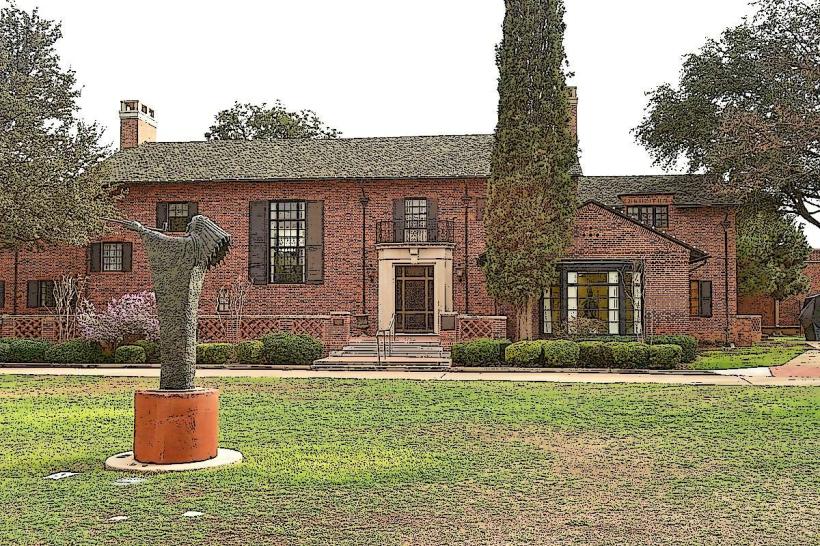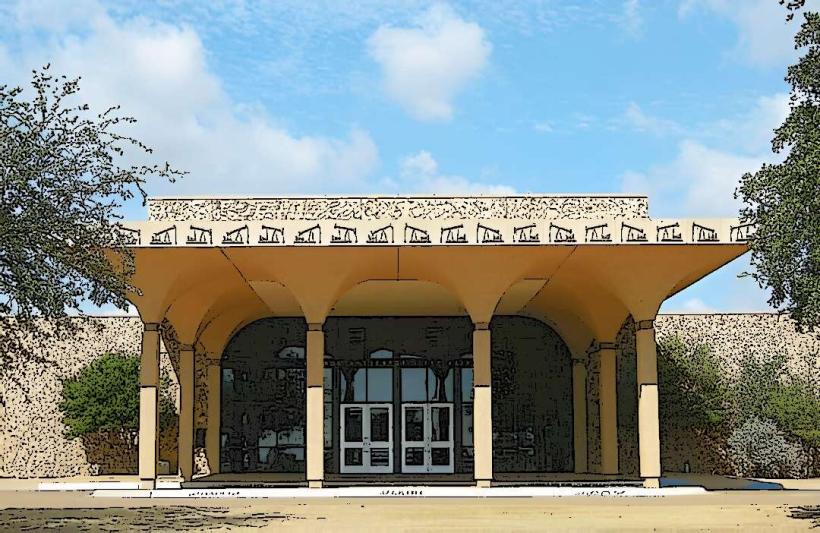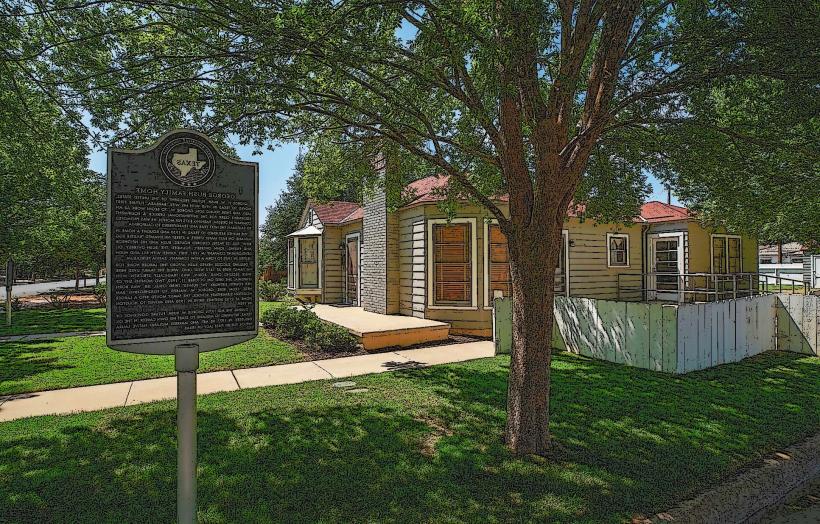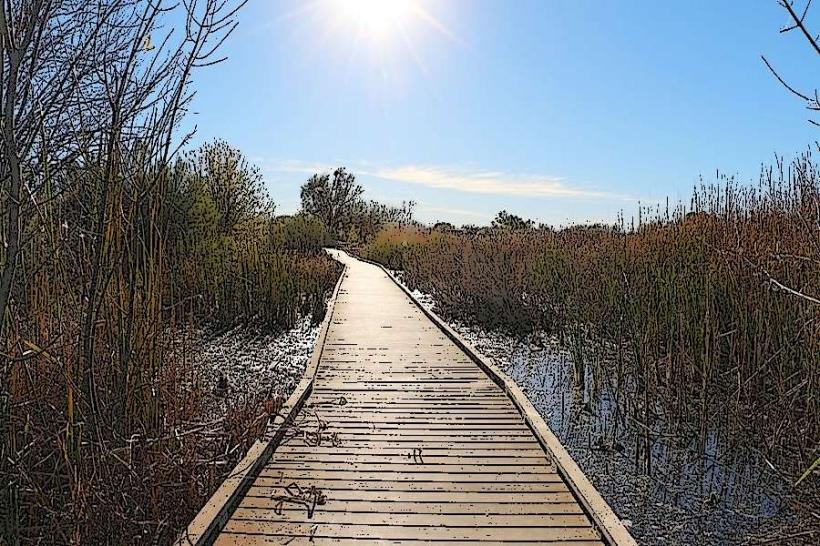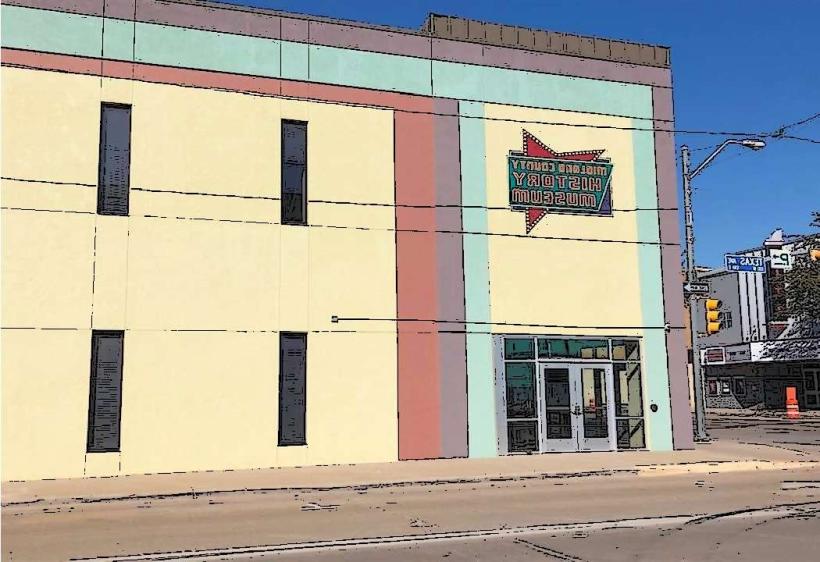Information
City: MidlandCountry: USA Texas
Continent: North America
Midland, USA Texas, North America
Midland is a prominent city in West Texas, best known as a key center of the American oil and gas industry. Situated in the Permian Basin—one of the richest oil-producing regions in the world—Midland plays a crucial role in the energy sector not only in Texas but nationally and internationally. The city combines economic strength, historical depth, and cultural resilience, all rooted in its development as a frontier settlement and later as a petroleum powerhouse.
Here is a detailed overview of Midland:
1. Geographic and Regional Context
Location: Midland lies in West Texas, roughly midway between Fort Worth and El Paso, which inspired its name.
Region: Part of the Permian Basin, which stretches across several counties and is one of the most productive oil regions globally.
Neighbor: Forms the Midland–Odessa metropolitan area with Odessa, about 20 miles to the west.
Landscape: Characterized by flat desert plains, scrubland, and occasional mesas; the terrain is arid and open.
2. Climate
Type: Semi-arid climate (BSh) with extreme temperatures.
Summers: Hot and dry, often above 100°F (38°C), especially from June to August.
Winters: Mild with occasional cold snaps; snow is rare but possible.
Rainfall: Limited and often in the form of short, intense thunderstorms.
Winds: Strong winds are frequent, especially in spring.
3. Historical Development
Founding: Established in 1881 as a midpoint station on the Texas and Pacific Railway.
Growth: Originally developed as a cattle-shipping and railroad town. The discovery of oil in the 1920s transformed Midland into a boomtown.
Oil Discovery: The 1923 Santa Rita No. 1 well marked the beginning of Midland’s ascent as an energy center.
Presidential Ties: The Bush family (George H. W. and George W. Bush) lived in Midland during the 1950s; their legacy is commemorated in several local institutions.
4. Economy
Dominated by Oil and Gas:
Headquarters for numerous oil companies, independent operators, and service companies.
Major firms: Pioneer Natural Resources, Diamondback Energy, and others.
Boom-and-Bust Cycles:
The city’s economy fluctuates with oil prices; periods of high production lead to rapid expansion, while downturns cause contractions.
Secondary Industries:
Finance, logistics, construction, and aviation also contribute, though to a lesser extent.
Workforce:
High wages are common in the energy sector.
Many workers are transient, including roughnecks, engineers, and field operators.
5. Education
Public Schools: Served by Midland Independent School District (MISD), with several high schools, including Legacy High and Midland High.
Midland College:
A public community college offering associate degrees, workforce training, and partnerships with universities.
University Presence:
Texas Tech University Health Sciences Center at the Permian Basin has a Midland campus for nursing and health-related fields.
Private Schools: Midland Classical Academy and Trinity School provide alternatives with religious and classical curricula.
6. Cultural Life and Attractions
Wagner Noël Performing Arts Center:
A state-of-the-art venue hosting concerts, symphonies, and national touring performances.
Museum of the Southwest:
Housed in a historic mansion with art galleries, planetarium, and children’s museum.
George W. Bush Childhood Home:
Preserved 1950s-era home offering insight into the Bush family’s life in Midland.
Permian Basin Petroleum Museum:
One of the largest museums dedicated to the history, science, and future of oil and gas, featuring exhibits on drilling technology, geology, and the wildcatters who built the region.
7. Recreation and Outdoor Activities
Beal Park and Hogan Park:
Offer sports fields, walking trails, and recreation facilities.
Midland Downtown Farmers Market:
Popular weekend market with local produce, crafts, and community events.
Sibley Nature Center:
Promotes conservation and education about the ecology of the Llano Estacado and surrounding habitats.
Golf and Shooting Sports:
Popular due to the wide-open terrain; includes multiple golf courses and gun ranges.
8. Events and Festivals
Rock the Desert:
Formerly a major Christian music festival held just outside Midland.
Midland County Fair:
Traditional fair with livestock shows, rodeos, concerts, and carnival rides.
Mexican Independence Day:
Celebrated with parades and community gatherings, reflecting Midland’s sizable Hispanic population.
Permian Basin International Oil Show (in nearby Odessa):
Biennial event showcasing oilfield technology and innovation; draws global visitors.
9. Infrastructure and Transportation
Highways:
Interstate 20 (east–west corridor) and State Highway 158.
Loop 250 serves as a key local beltway.
Midland International Air & Space Port:
Commercial airport with flights to Dallas, Houston, Las Vegas, and Denver.
Also licensed as a commercial spaceport—one of the few in the U.S.
Rail: Freight rail supports industrial shipping, especially oil equipment and materials.
Public Transit: Limited bus services via EZ-Rider, shared with Odessa.
10. Demographics and Urban Life
Population: Around 135,000 (as of 2024 estimates); metro area exceeds 300,000 when combined with Odessa.
Diversity: Over 50% Hispanic or Latino; growing Black and Asian communities; strong bilingual culture.
Housing:
Often volatile due to oil cycles—housing shortages during booms, surpluses during busts.
Mix of upscale developments and older oil-worker neighborhoods.
Cost of Living: Can be high during oil booms, particularly for housing and services.
11. Challenges and Opportunities
Boomtown Pressure:
Rapid growth strains infrastructure, schools, and public services.
Traffic and housing shortages become acute during oil upswings.
Water Scarcity:
The region relies on aquifers and distant reservoirs; long-term water security is a major concern.
Air Quality:
Industrial activity contributes to smog and dust, especially during dry windy months.
Opportunity:
Midland remains a place of high income potential, entrepreneurial growth, and innovation in energy technologies.
Conclusion
Midland is a frontier city shaped by oil, enterprise, and ambition. It reflects the rugged, self-reliant spirit of West Texas while serving as a global energy hub. Despite challenges from environmental pressures and cyclical economics, the city continues to attract people seeking opportunity and innovation. With its deep ties to the land, to industry, and to American presidential history, Midland holds a unique place in the story of Texas and the United States.

